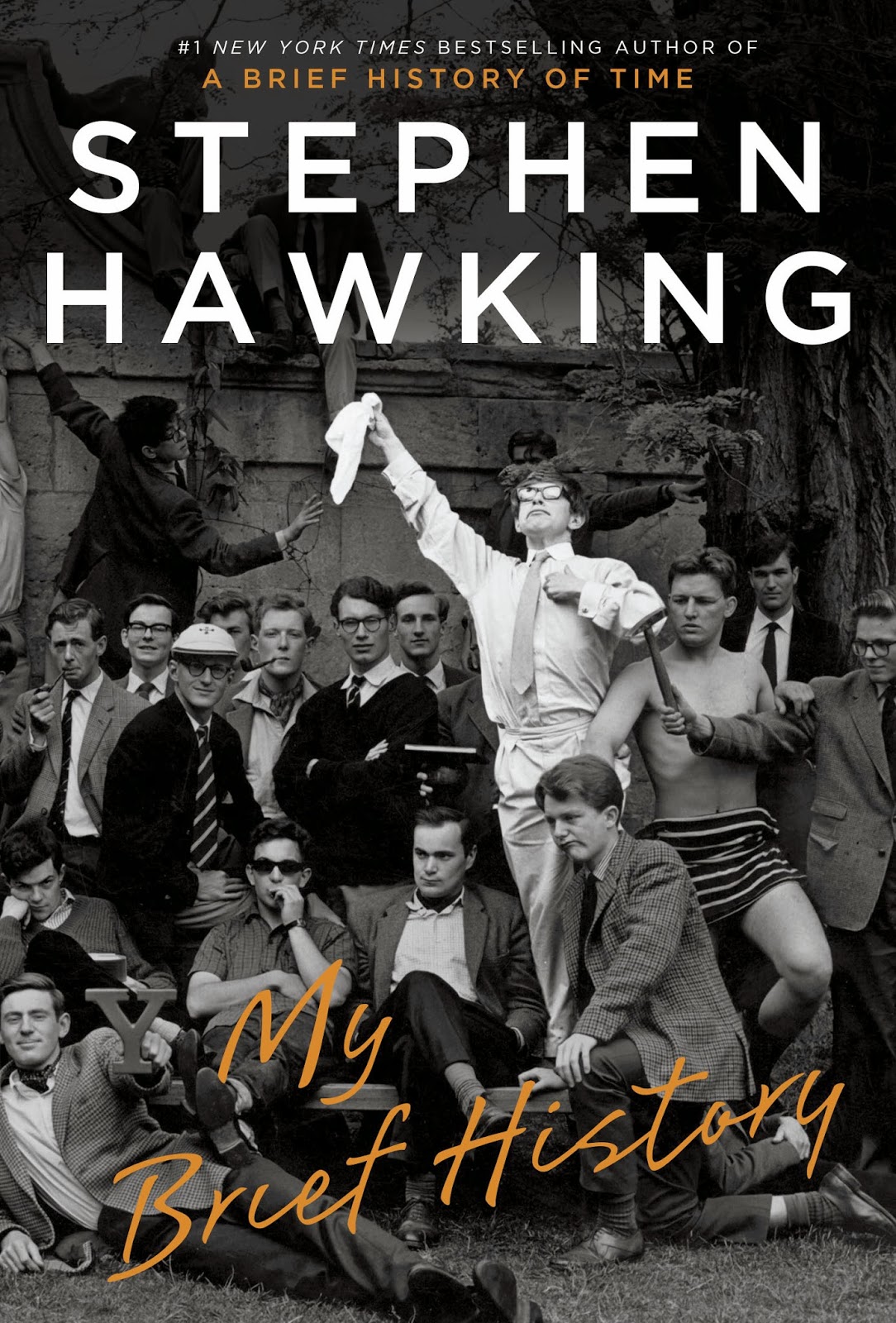It’s difficult to believe that an entire nation can be
contained within one book. But Many Roads
to Paradise is just that: an encapsulation of the essence of Sri Lanka;
with its history, its social fabric, its heart-wrenching tragedies,
slow-healing wounds, rising hopes … it’s all there. This book absolutely teems
with life.
 This an anthology of Sri Lankan literature, compiled by
Shyam Selvadurai , who has many awards in the US and Canada, his works
translated in seven different languages. When you read the introduction you get a sense
of its direction and purpose: the compiler has carefully pieced together the
entire broken heart of the nation. The book contains works of Sri Lankan
writers in English, and others translated from Tamil and Sinhala. As Selvadurai
says, “In a post-war situation, this anthology provides an opportunity to build
bridges across the divided communities…of which they have remained largely
ignorant due to linguistic differences.”
This an anthology of Sri Lankan literature, compiled by
Shyam Selvadurai , who has many awards in the US and Canada, his works
translated in seven different languages. When you read the introduction you get a sense
of its direction and purpose: the compiler has carefully pieced together the
entire broken heart of the nation. The book contains works of Sri Lankan
writers in English, and others translated from Tamil and Sinhala. As Selvadurai
says, “In a post-war situation, this anthology provides an opportunity to build
bridges across the divided communities…of which they have remained largely
ignorant due to linguistic differences.”
It’s divided into four sections, but “To promote this ethos
of unity, I have not, as many previous anthologies… divided the work by the
three language streams.” The sections have separate themes: social structure and classes under The
Chariot and The Moon; wounds of displacement in No State, No Dog ; passions of
differing natures under Love in the Tsunami and Healing the Forest “devoted
exclusively to the ethnic war from 1983 onward,” in the form of quiet yet
piercing poetry.
The first section gives you a bird’s eye view of the
class-divisions in Sri Lanka. The opening poem, from which the section draws
its name, is the perfect introduction. The translated poems, in fact, read much
better than the translated excerpts from novels. Even though this reader isn’t
familiar with either Tamil or Sinhala, it isn’t too difficult to pin down the
stiffness in narration to the loss of flow in moving from one language to
another.
‘The Perfection of Giving’ is a poignant story about a
servant girl, employed and brought up by a self-righteous spinster. It touches
you deep down with its echoing refrain of ‘karma’.
‘No State No Dog’ gives you a glimpse into the lives of the
poor Tamil estate workers unceremoniously packed off to India… uprooted from
their soil, feeling the ground slip from beneath their feet. The image of the
dog waiting tirelessly at the edge of the road is one that stays with you long
after.
‘Hole-in –the-Heart’, an excerpt from ‘Love Marriage’ is a
beautifully written story that describes love and conflict with equal ease. But
then, conflict is a recurrent theme in Lankan literature, where the war and the
Tsunami provide the background to most of the stories. But the displacement
depicted in ‘The Homecoming’ certainly catches you unawares: a woman who goes
to work in the Arab states for two years with dreams of creating joys for her
family, upon her return finds her dream in splinters and herself looked upon as
no more than a “whore”.
But the biggest punch is reserved for the last: poems—each
spilling out like a once-beautiful scarred body… one whose poet disappeared in
the war in 2009, another whose poet—editor of a major paper—assassinated for
speaking out, a third a German Jew who lost her family in the holocaust… here a
poem that speaks of dead, young bodies floating up on the rivers… there a
mother who faces her son returned from war.. “His heart had turned to stone”…
and wonders “Won’t he one day/Believe me to be his enemy/And bury me too?”
The book ends with the spectacularly vivid poem The Moon at
Seenukgala as Epilogue, posing as balm for wounds too deep to heal…but with an
extension of hope that “This, is the way home.”
Despite having so much to offer, for the non-native this is
but a prelude that whets the appetite for more offerings Sri-Lankan. It makes
you want to reach out to your neighbor, and share the pain captured so
singularly.































